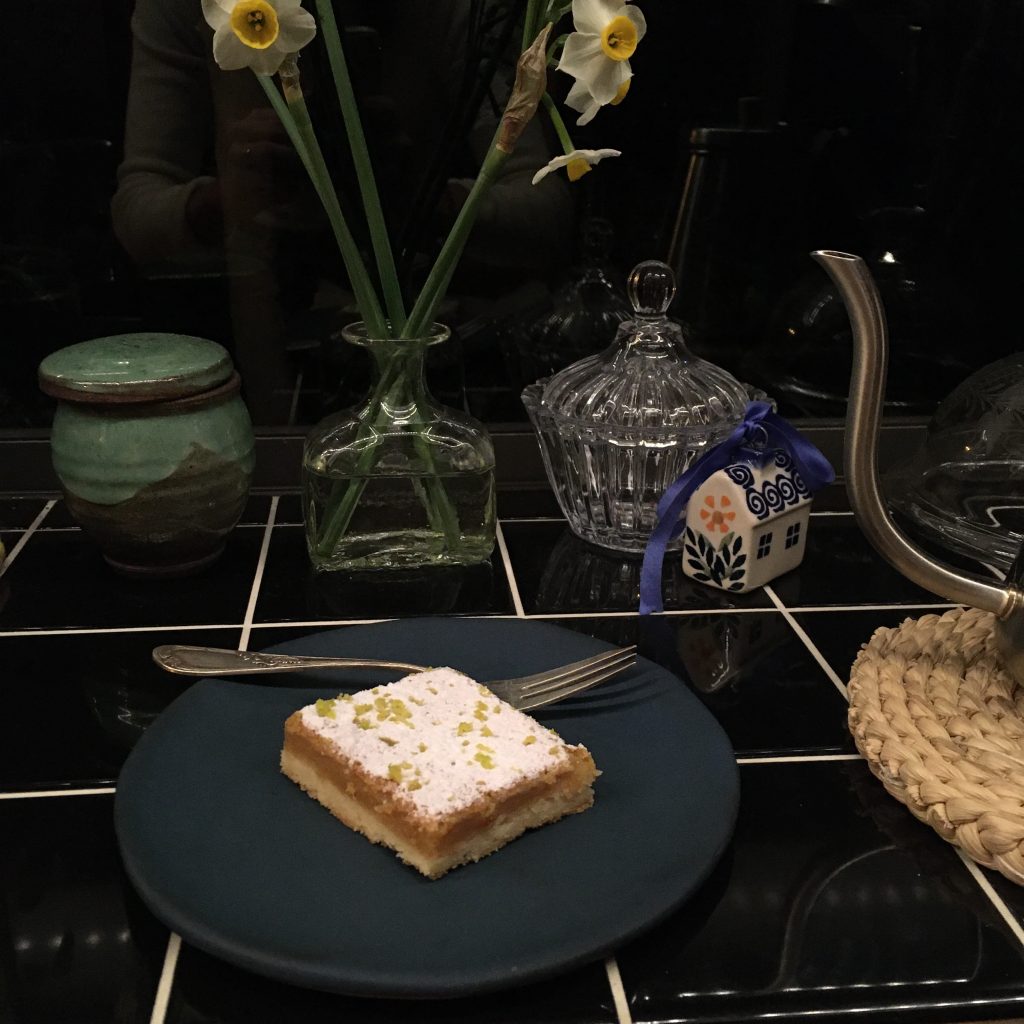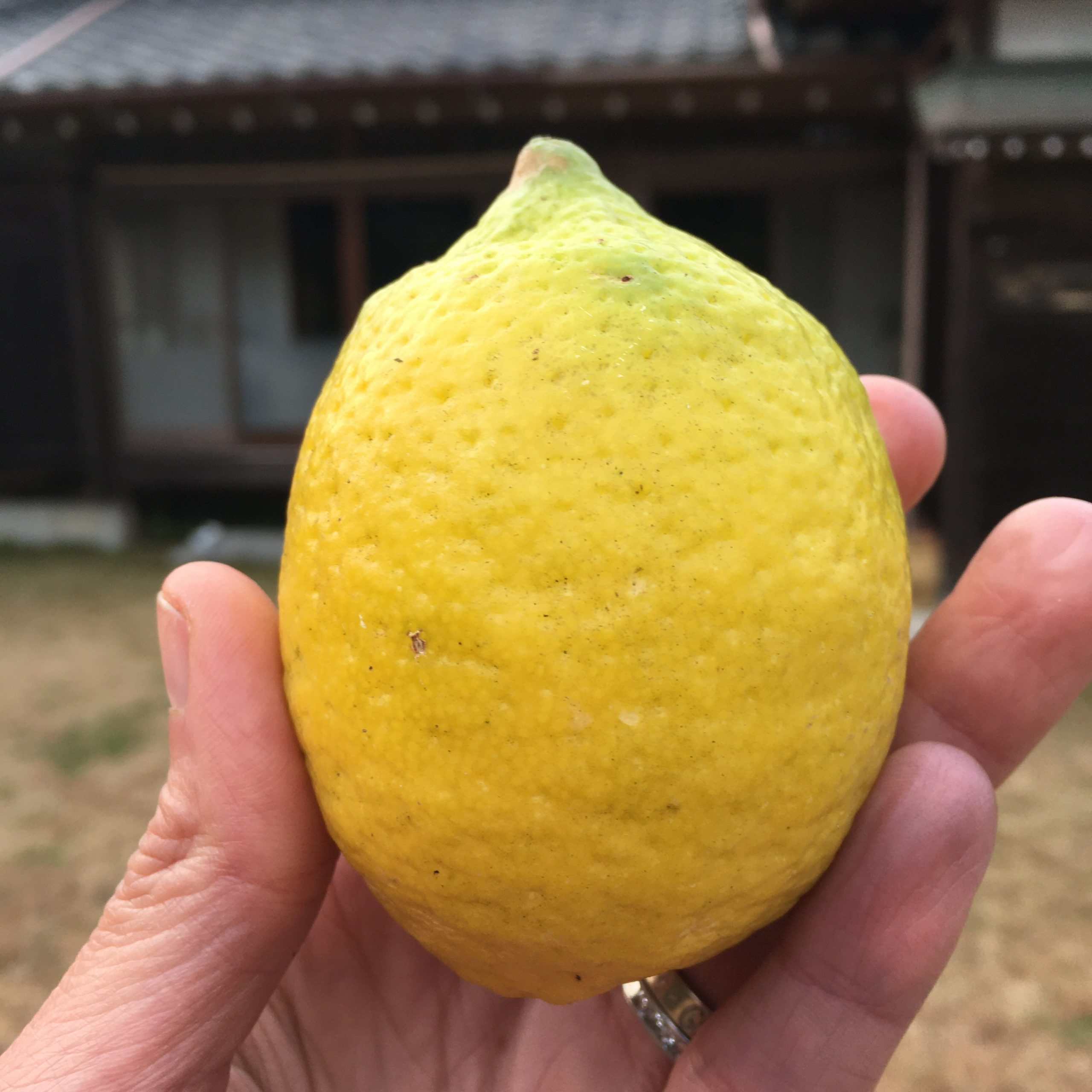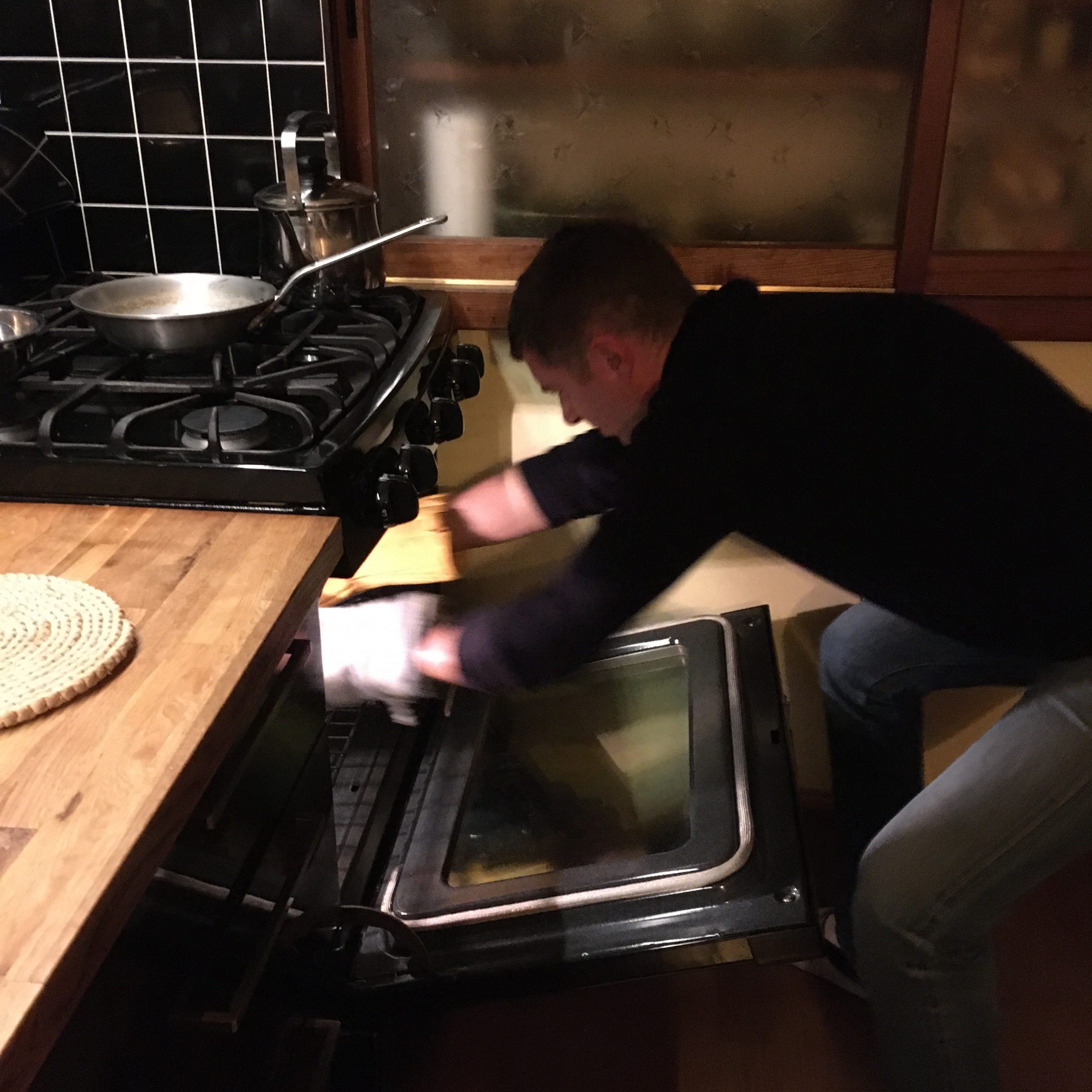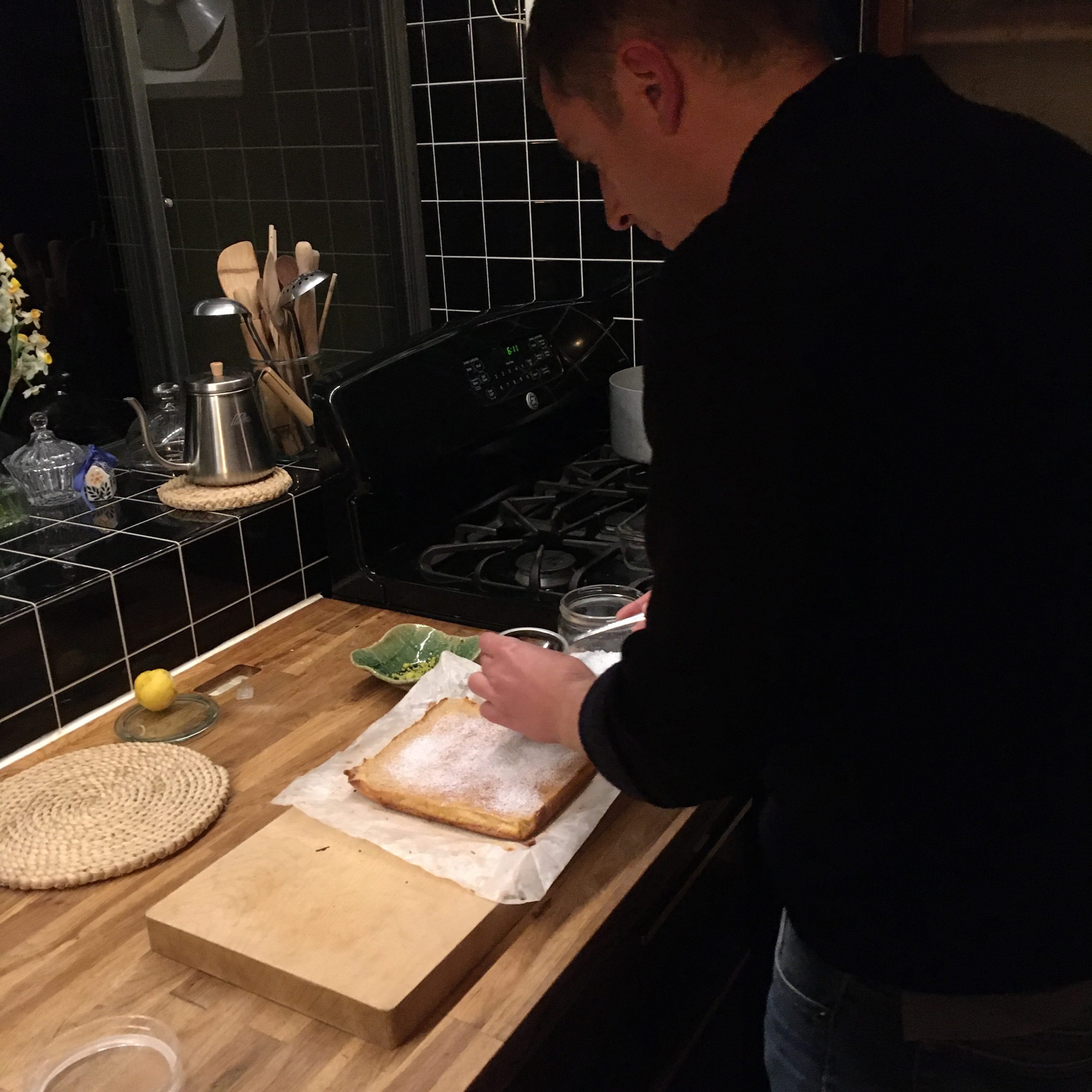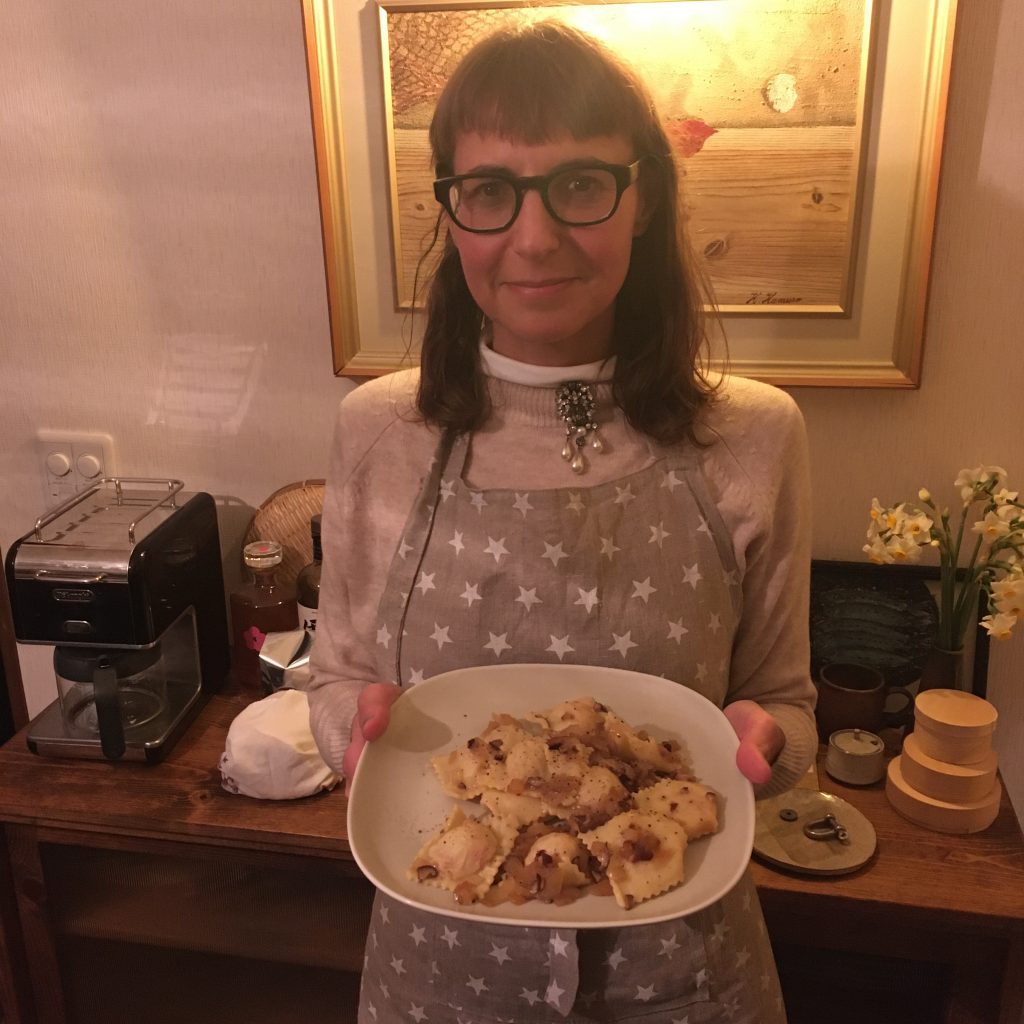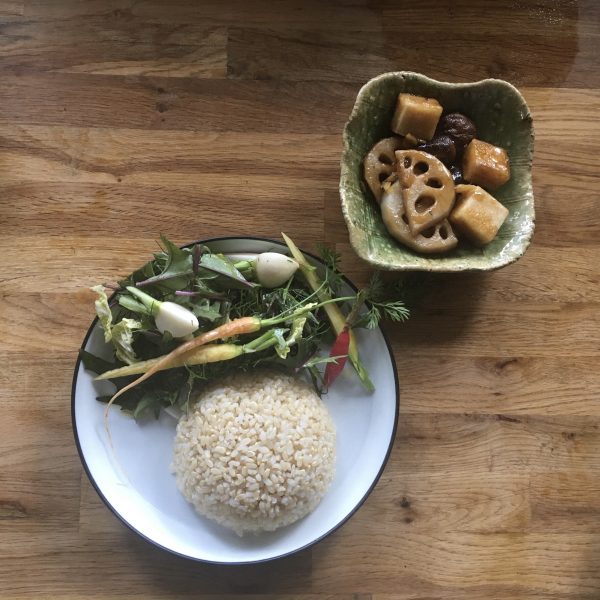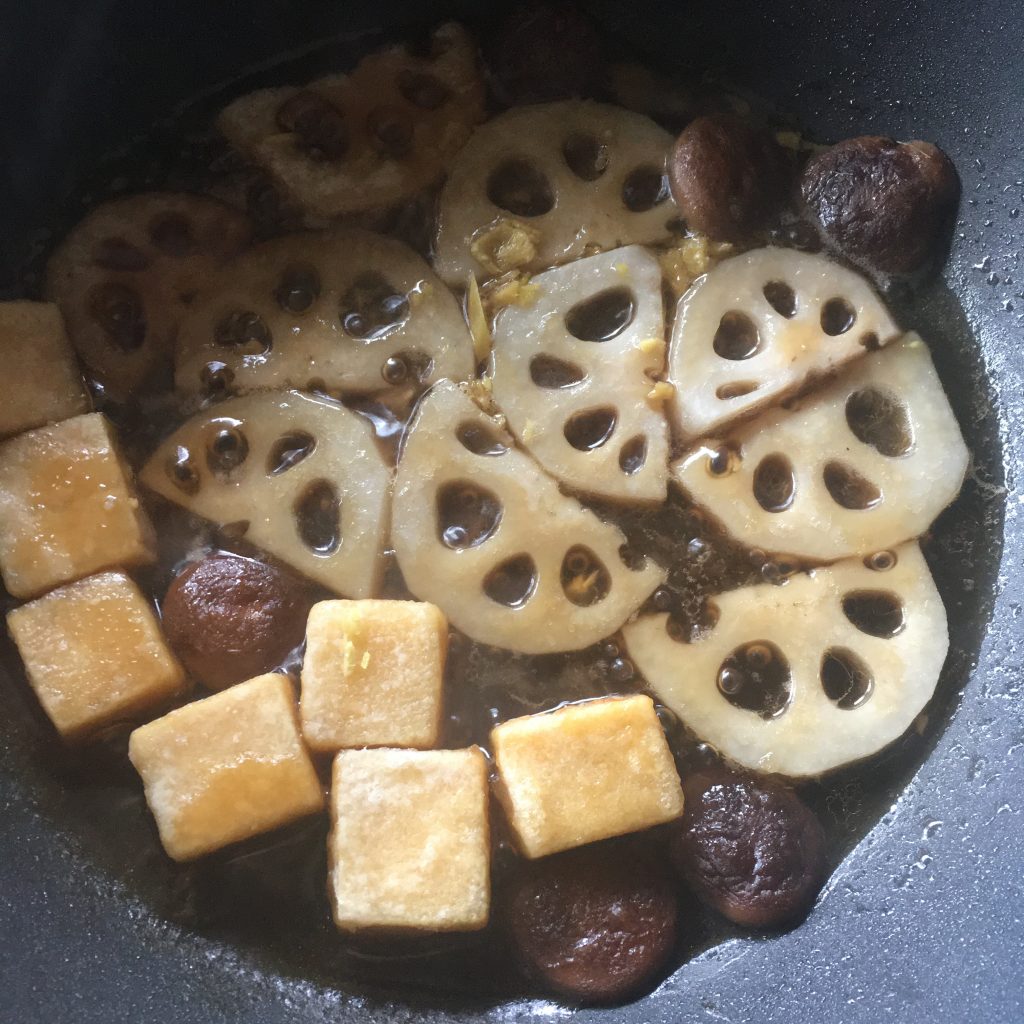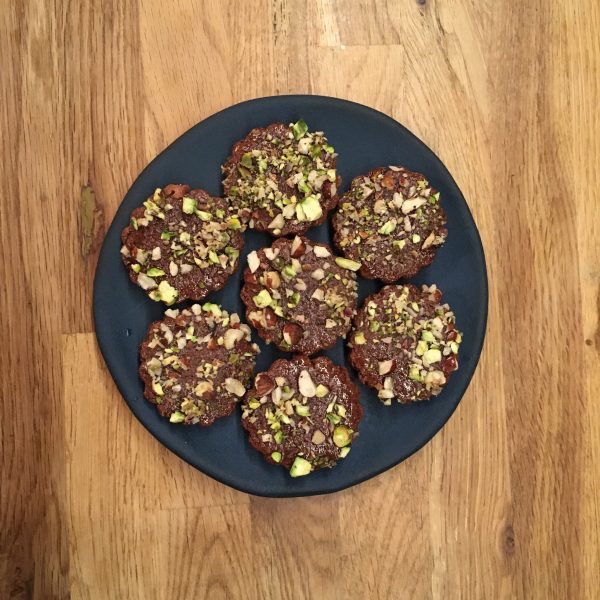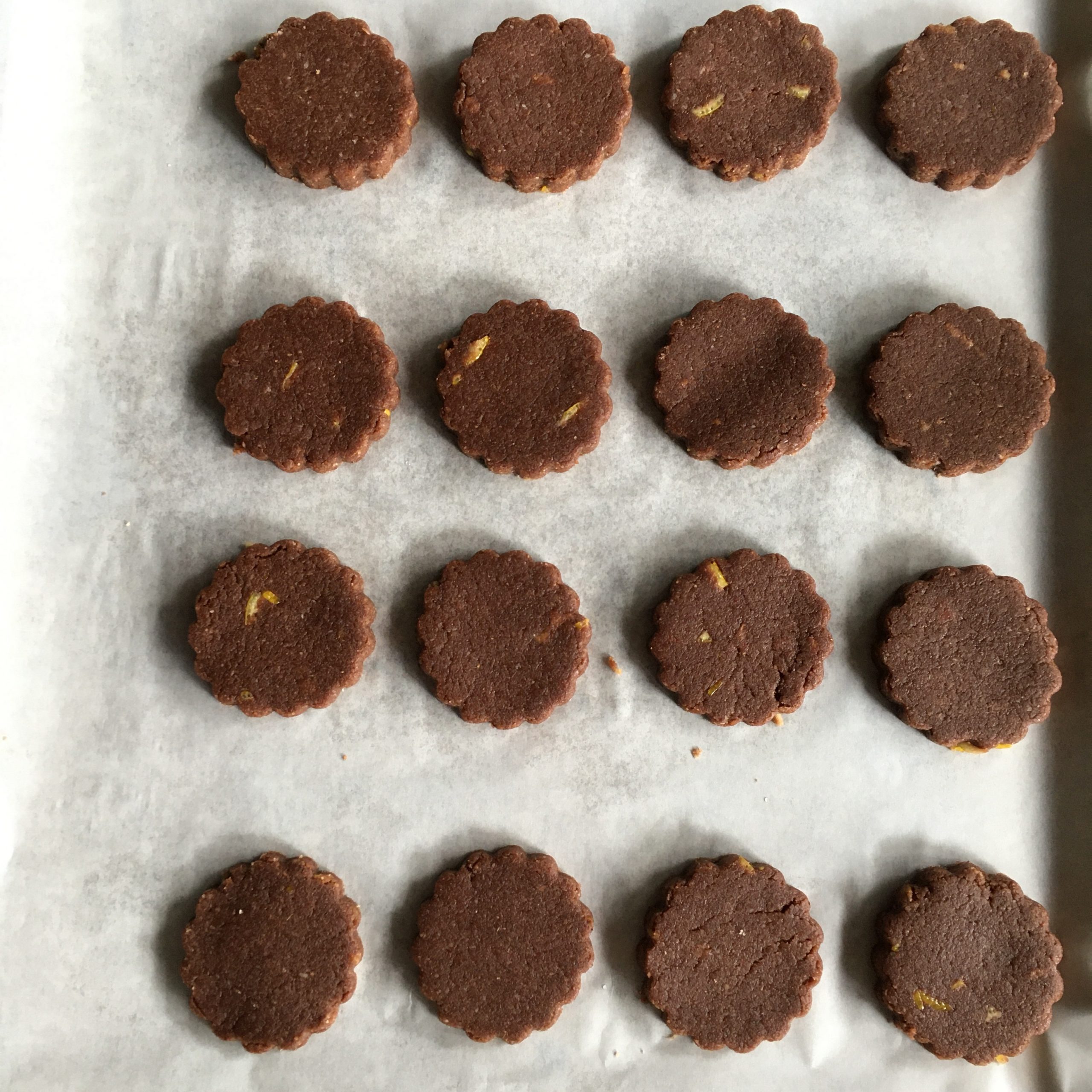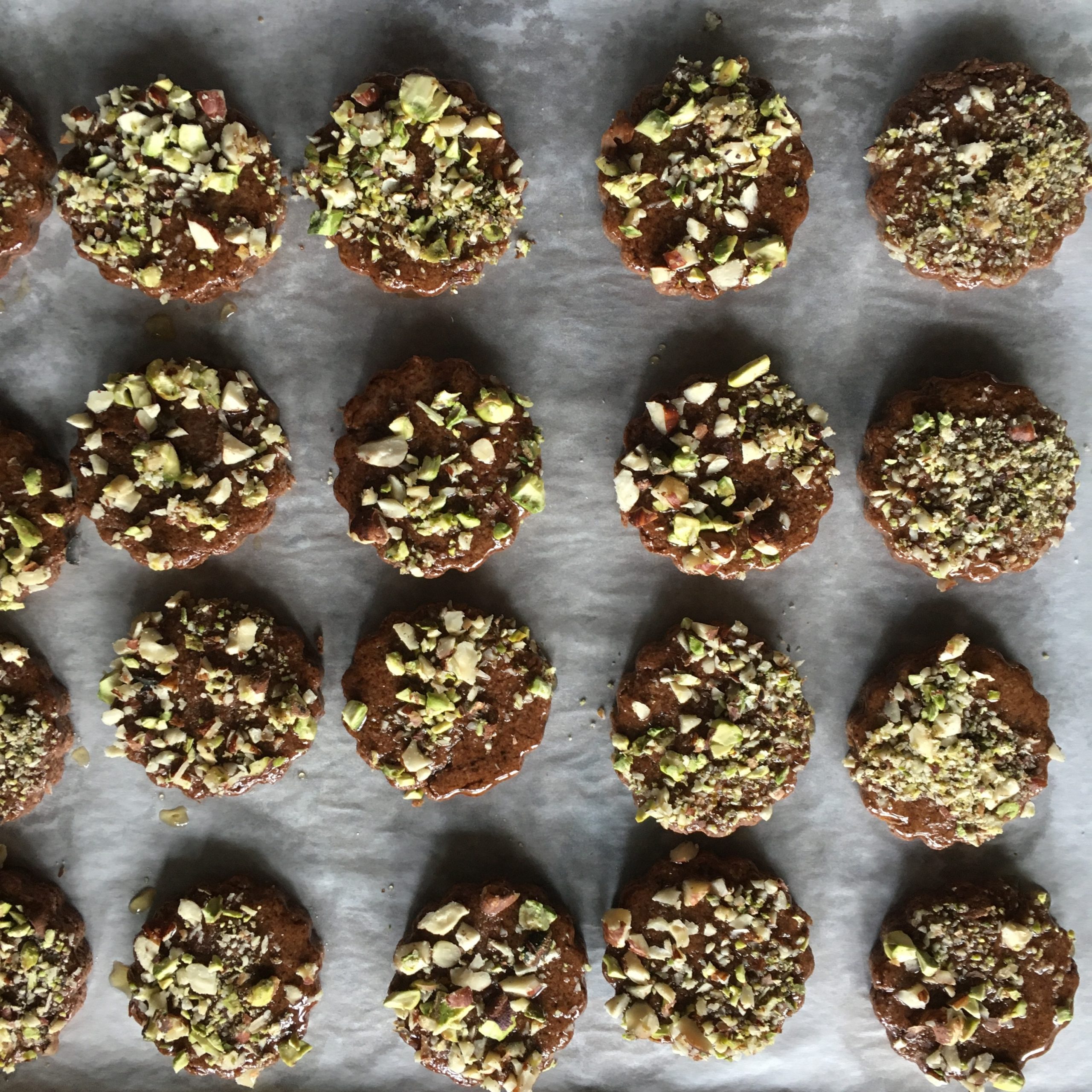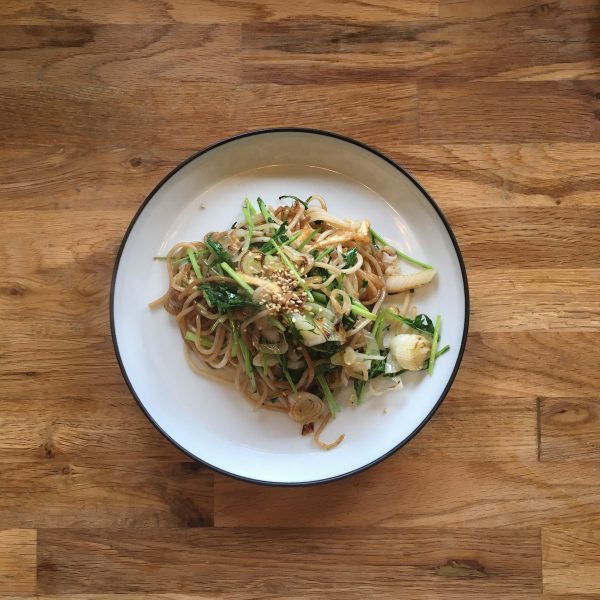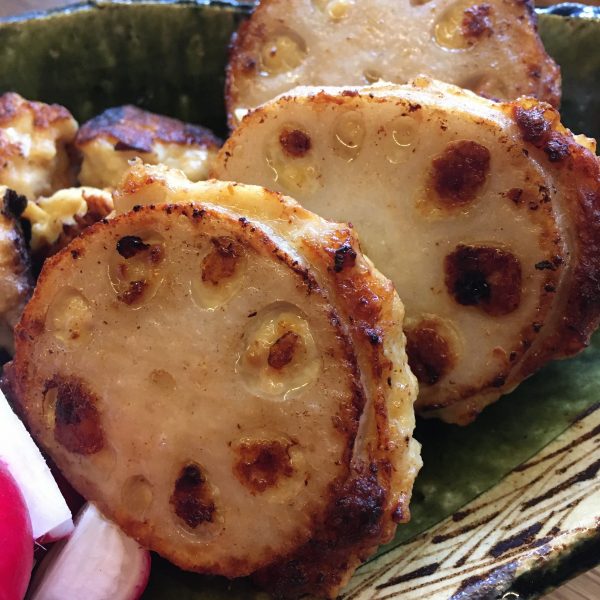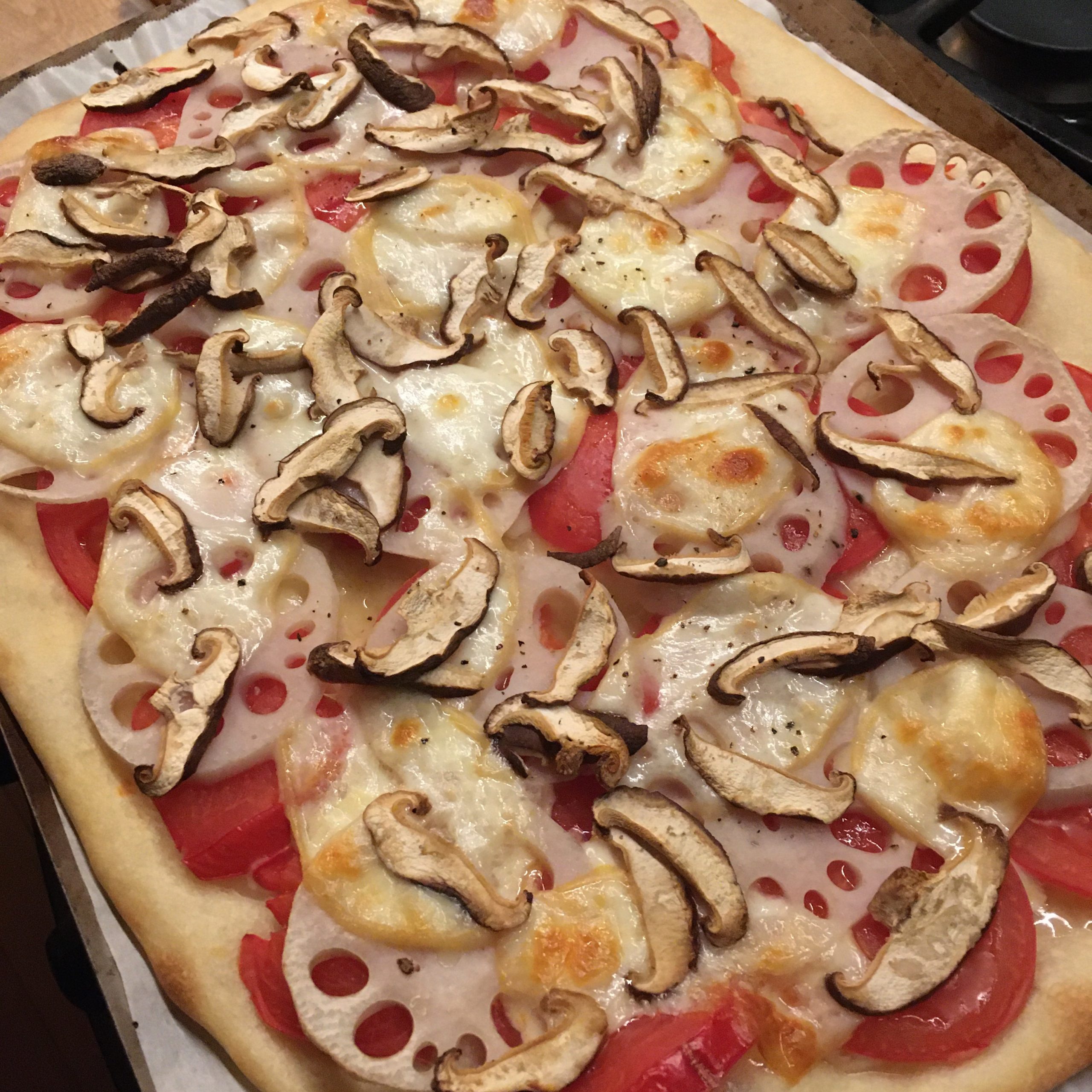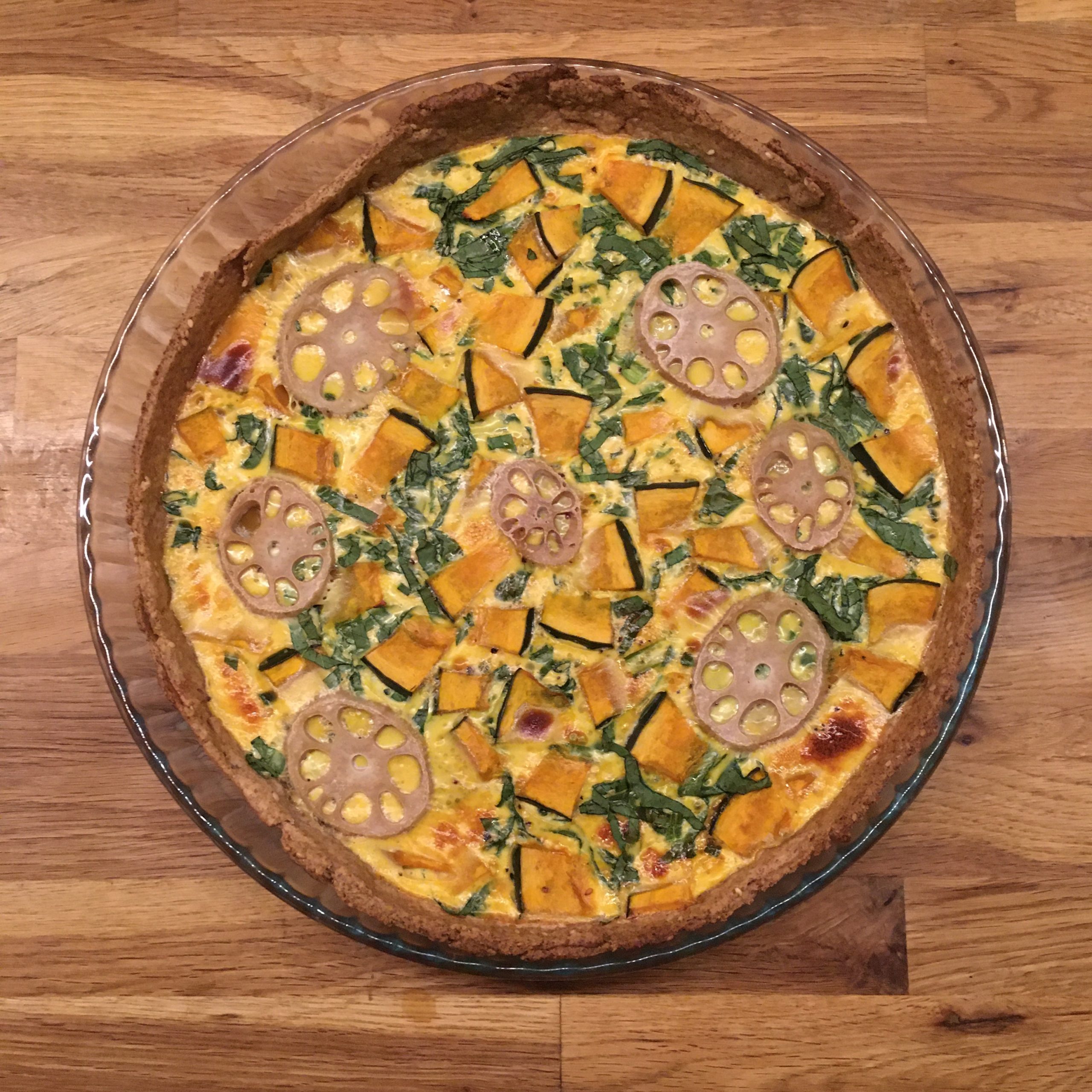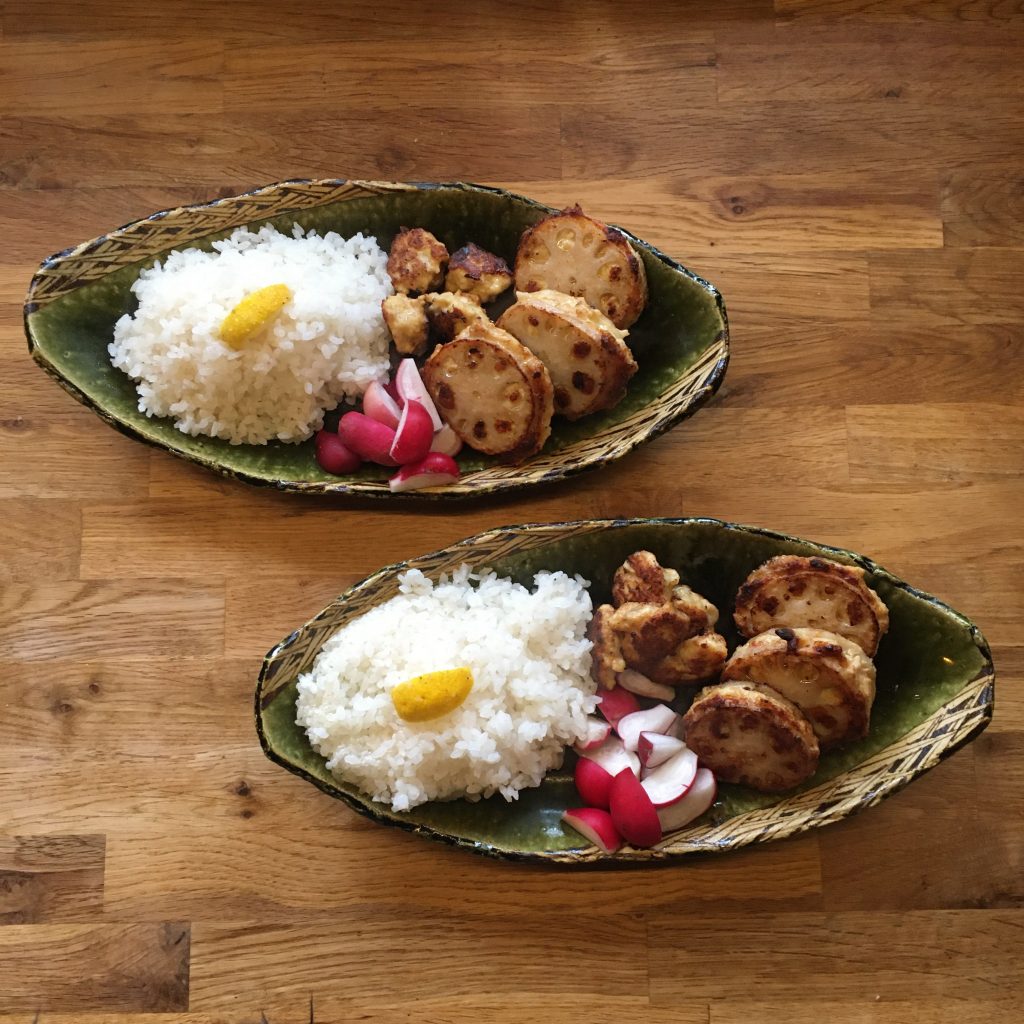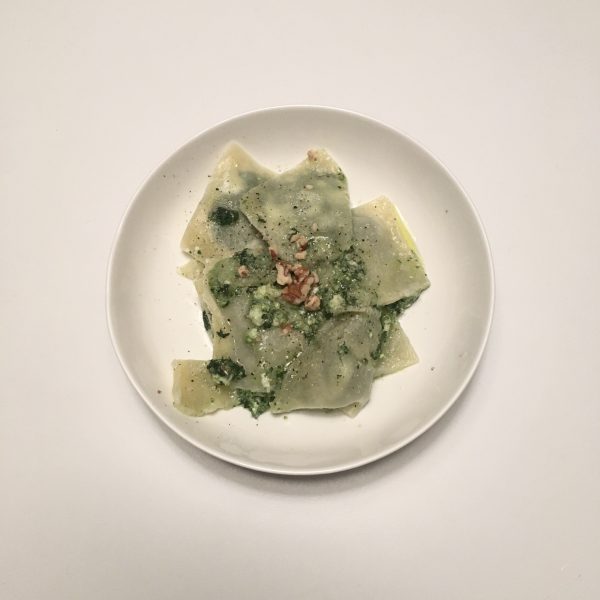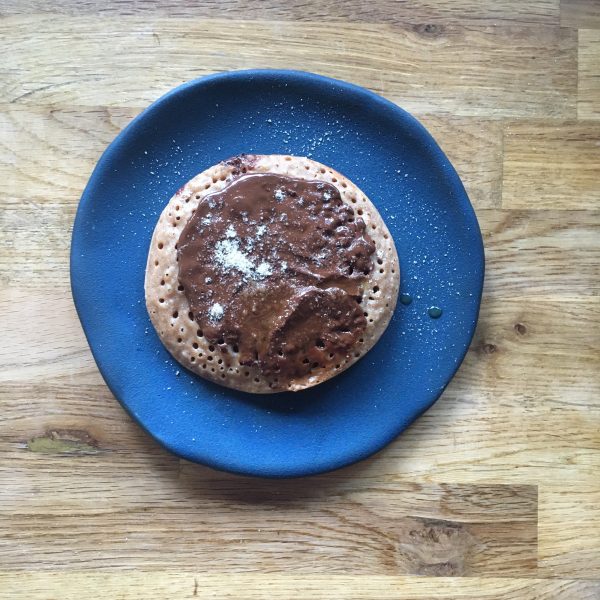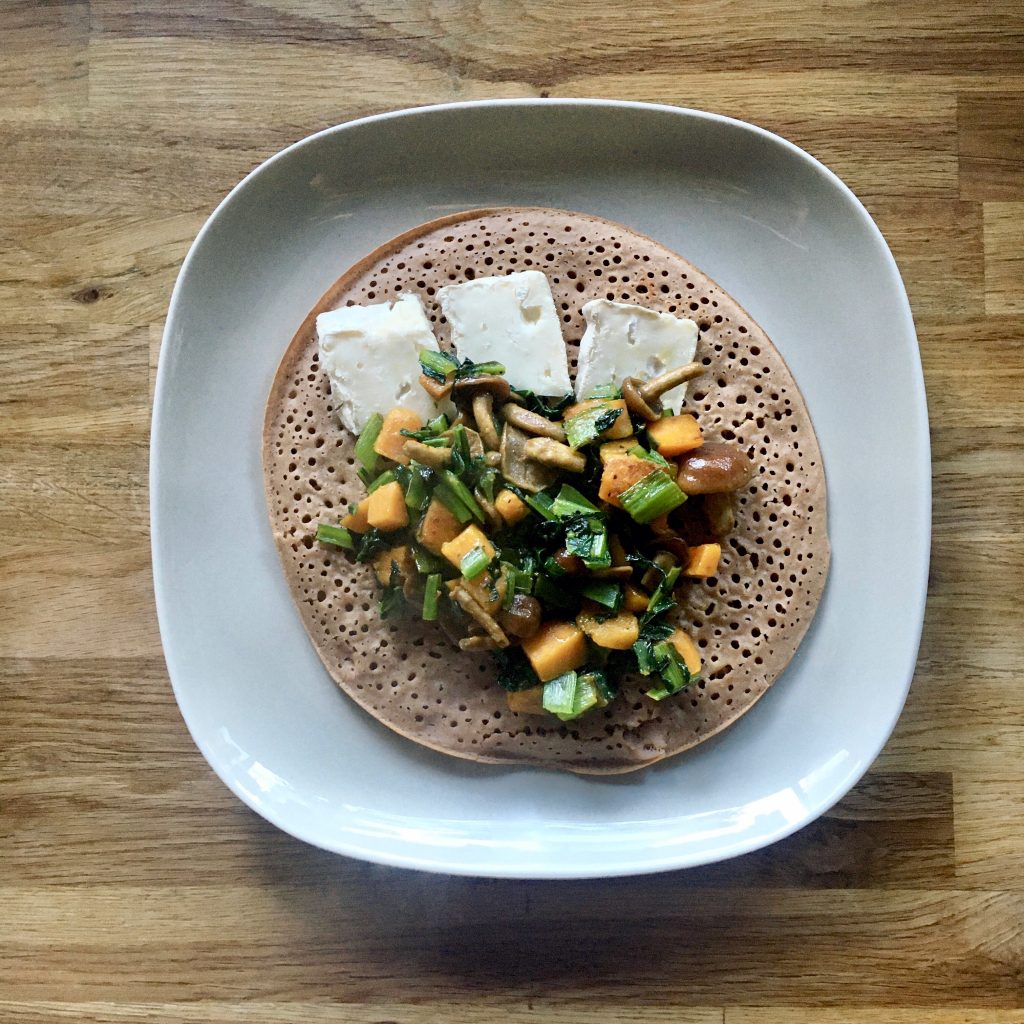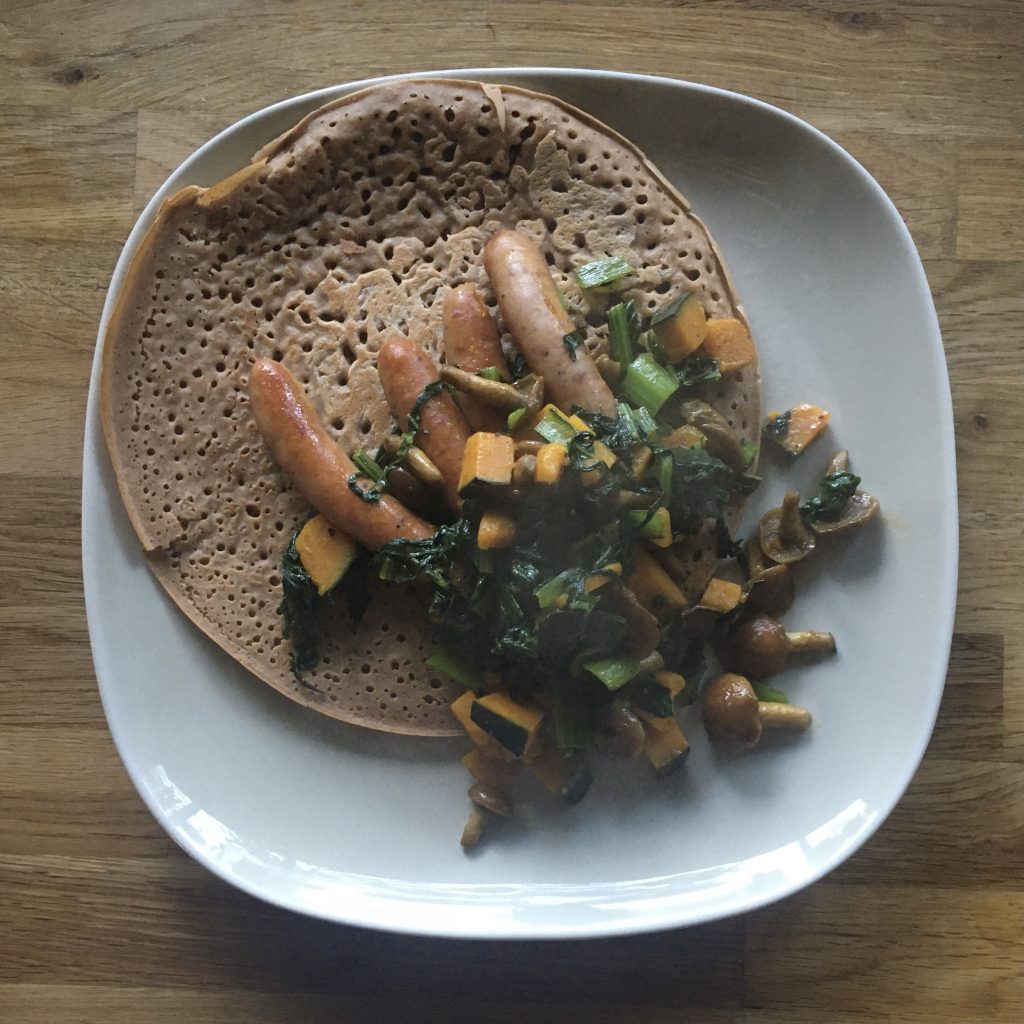It’s a kind of rule at home that A. cooks only when I am too sick to cook, which happens every 5-10 years or so, and for my birthday tea-time. I would select a cake and he would make it, usually with a little help of my mother when we are together at this time, or with mine when that’s the only help he can get. My favorite birthday cakes involve usually fruits: apples 🍎 or lemons 🍋. This year our lemon tree gave only one lemon, which we preciously watched growing and yellowing until we could harvest it just for my birthday. A recipe that would use the whole fruit was my target, and I have seen many but never tried lemon squares so I opted for it. Difficulty minimum, preparation quick enough for A. to get through it. The basic idea of the recipe comes from this french website, with a few adjustments made on the spot as we were not satisfied with it. So here is my version of it. For those who have never had lemon squares (like me until yesterday, as it hasn’t really made its way to Japan) or seen any (they are everywhere so I hardly can believe it!!!), they consist on a sweet sable dough topped with a kind on custard made with the whole eggs. So it’s kind of close to a lemon tart but a lot easier to make… maybe it could be called lazy lemon tart.
Lemon squares (9 large squares, 16 medium)
- 1 lemon
- 100g of brown sugar
- 150g+40g of flour
- 125g of butter at room temperature is easier
- 2 eggs
- 40g of icing sugar plus a bit to sprinkle for finishing
First task is to prepare the sable dough. Pre-heat the oven at 180 degrees. In a bowl put 150g of flour, the icing sugar and the butter and knead to obtain an homogeneous mix. It maybe rather sticky. Try making a bowl of it and move to a sheet of cooking paper 30cmx30cm. Gently squeeze flat and lay another similar sheet of cooking paper on top. Roll to a 25x25cm square and set on oven proof receptacle of that size (mine is Pyrex). If you don’t have a square oven dish of that size you can use a rectangle one. The sharper the edges the nicer the cuts will be. Bake in the oven until it starts to slightly become golden. It should take 15-20min.
While the first layer is baking prepare the second one. Take the zest of the lemon, the juice. In a bowl beat the eggs and the sugar, add the lemon zest (keep just a bit for decor )and juice, the 40g of flour and stir well. As soon as the first layer is baked, take out the oven, add the second layer evenly and bake for 18min or so. If you overcook it’s going to be dry, undercooked it will be hard to have clean cuts.
Wait until it has cooled down to move to a cutting board, sprinkle with icing sugar and a few zests, and cut to squares the size you like. Enjoy!!!
